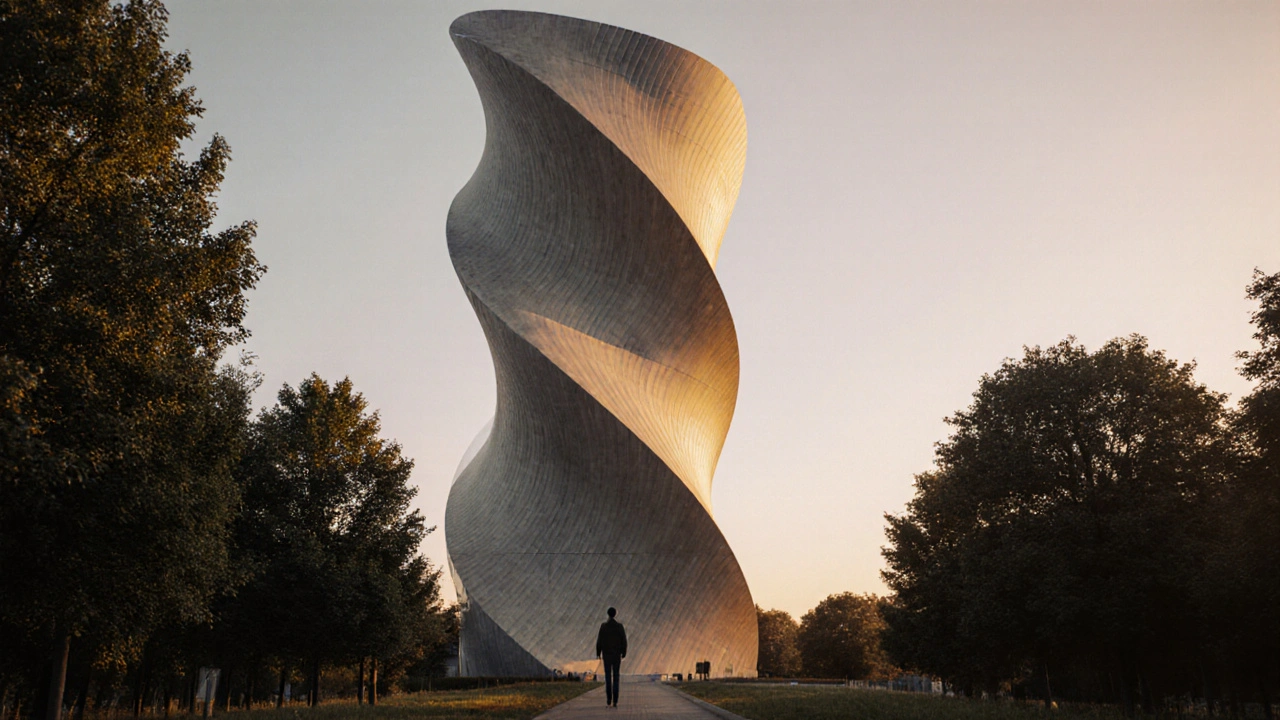Architectural Masterpieces: Iconic Buildings That Changed the World
When you think of architectural masterpieces, buildings so powerful they redefine how we live, work, and feel in space. Also known as landmark structures, they’re not just made of stone and steel—they’re frozen moments of human ambition, culture, and innovation. These aren’t just pretty facades. They’re solutions to real problems: how to hold up a cathedral roof without collapsing, how to make a public space feel sacred, how to turn concrete into poetry. And they still matter today—because every smart building, every green tower, every restored historic home owes something to these giants.
Take Gothic architecture, a medieval revolution that used flying buttresses and stained glass to lift buildings toward the sky and flood them with light. It wasn’t just about religion—it was engineering on steroids. The same goes for Roman architecture, where arches, domes, and concrete built aqueducts, amphitheaters, and temples that lasted 2,000 years. These weren’t lucky accidents. They were deliberate, repeatable systems. Then there’s Renaissance architecture, the return to balance, proportion, and harmony that turned buildings into mathematical art. Think symmetry in a palace, a square perfectly framed by columns—this is still the invisible rulebook for modern city planning. And don’t forget Constructivist Architecture, a radical 20th-century movement that treated buildings as machines for living, not just monuments. It didn’t just change how things looked—it changed how we thought about space itself.
These masterpieces didn’t appear in a vacuum. They responded to climate, politics, religion, and technology. A Roman aqueduct solved water shortages. A Gothic cathedral turned community effort into spiritual awe. A Constructivist housing block in Moscow tried to erase class lines through design. Today, we’re still asking the same questions: How do we build for people? For the planet? For the future? The answers are written in the walls of the past.
Below, you’ll find deep dives into the buildings, movements, and minds that made these masterpieces possible. From the hidden details in a Craftsman home to the futuristic curves of Neo-Futurism, this collection shows you not just what to look at—but how to see it. Whether you’re restoring an old house or designing a new one, these stories give you the tools to understand what makes architecture stick around—and what makes it truly unforgettable.

Masterpieces of Expressionist Architecture You Must Visit
Discover five iconic expressionist buildings that blend emotion with architecture-curved towers, glowing glass, and bold forms that still inspire today. Visit the Einstein Tower, Goetheanum, Chilehaus, and more.
Read more